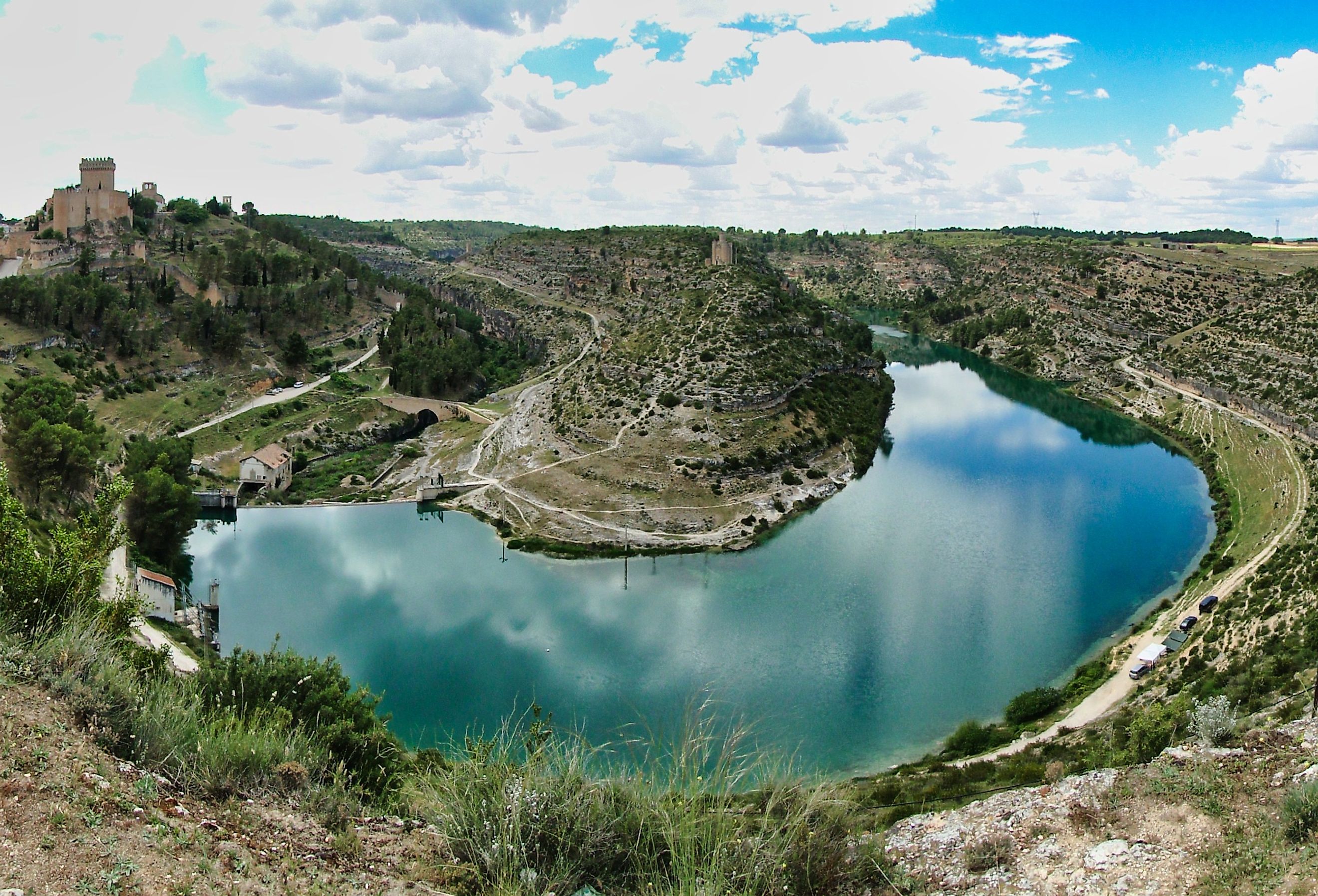
Jucar River
The Júcar River, or the Xúquer River in Valencian, is a prominent Spanish river that flows for around 316 miles (500 kilometers). It is a part of the Iberian Peninsula that begins at Ojuelos de Valdeminguete and has many tributaries, including the Cabriel. While it has a high propensity for flooding, this river provides iconic towns with water while supporting the agricultural industry. With the sheer power of the river, dams encourage hydroelectricity, irrigation, and water provisions. Historically and in modern times, the Júcar River metaphorically paved the path of towns that contribute to the area's culture. Its basin is essential in water resource allocation for the country because of the way it follows and its unique geography, ecosystem, and valuable history.
Course Of The Júcar River
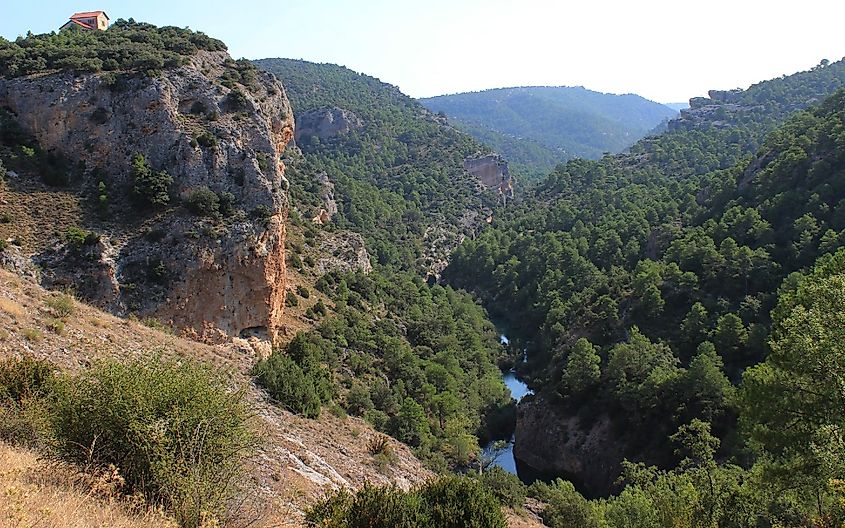
The Júcar River begins in a southern direction before turning easterly and moving through a series of towns, including Cullera, Alcalá del Júcar, and Sueca. Crossing over the Spanish provinces of Albacete, Cuenca, and Valencia, the culturally significant river flows into the Mediterranean Sea. After reaching the Cuenca, the valley broadens, and the course of the water leads to multiple gorges. These steep edges lead to the Meseta drop below. On the upper system sits the Alarcón dam, providing irrigation and electricity to various areas and serving as the main water supply for Valencia, the Spanish province. The irrigation encourages coastal plain irrigation, resulting in a particular set of flora and fauna, primarily in the La Ribera Plain.
Geography Of The Júcar River
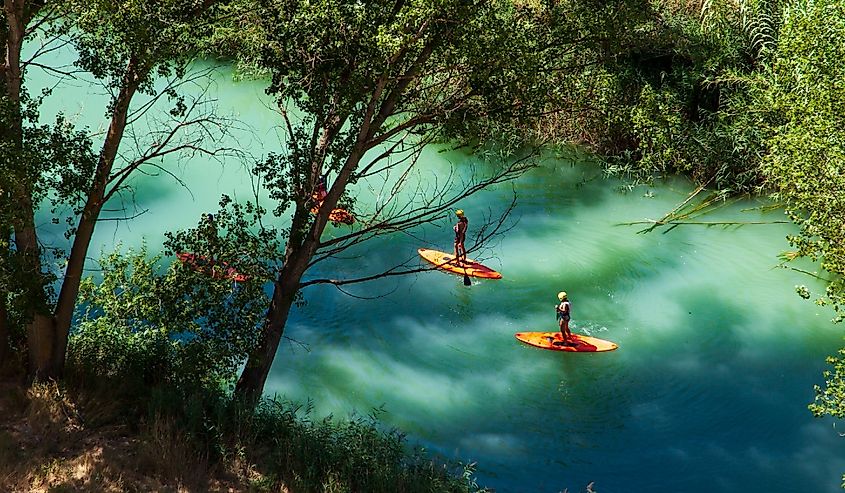
The Júcar River flows for approximately 316 miles (500 kilometers), around 25 miles (40 kilometers) at its widest. Towns that reside along the Júcar River developed to accommodate the river's geography. At its basin, a massive canyon features houses stacked on the rocky sides of the gorge in the Spanish province of Albacete. The villages are etched into the cliffside, effectively becoming a part of the basin. The outcrops of grassy roads that mark the riverbanks intersperse with limestone overhangs. The river weaves through the countryside, supported by a large deciduous forest. It flows through hidden caves throughout the country and lively towns, quickly becoming a tourist attraction.
Flora And Fauna Of The Júcar River
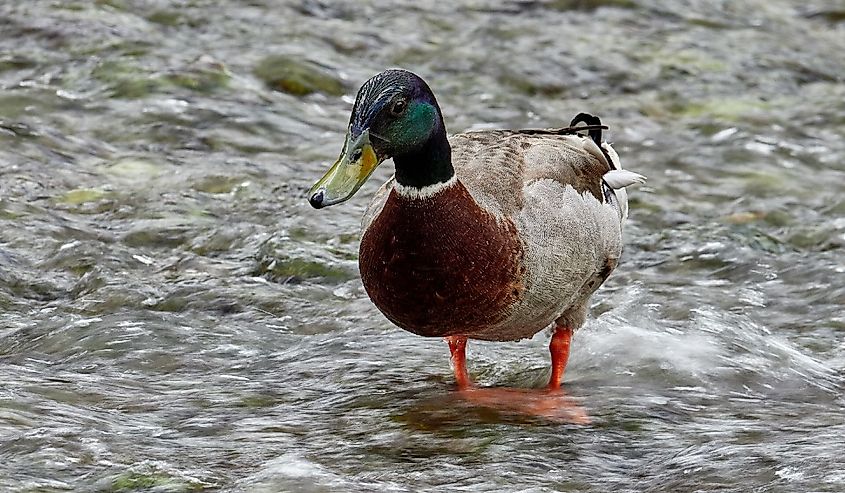
The ecosystem that surrounds the Júcar River changes throughout its course. With elevation changes from 2,000 m above sea level, the coastal plain and mountainous zones result in nine different ecotypes. The forest includes a variety of trees native to Spain, including palm trees, and incorporates a series of river beaches that make way for a plethora of agricultural wonders. These include nut and fruit trees, olives, and various greens. While the area holds significant beauty, the ecosystems deteriorate because of human interaction and a lack of a buffer zone. Spain aims to remove invasive species, like the Arundo donax, from the area. This supports the vineyards, cereal farms, groves, and other natural tropical flora.
Animals in the southwest of Valencia rely on the Júcar, Cautaban, and Reconque Rivers. The area is the natural habitat of Spanish wildlife, including goats with the country's namesake, boars, hares, and Strix owls. Because of the river's supportive waters, the area offers ample fishing opportunities for carp, pike, and trout. Crayfish are another popular option that the river supports. Visitors often pack bug repellent because of increasing blackfly populations in the river.
Recorded History Of The Júcar River
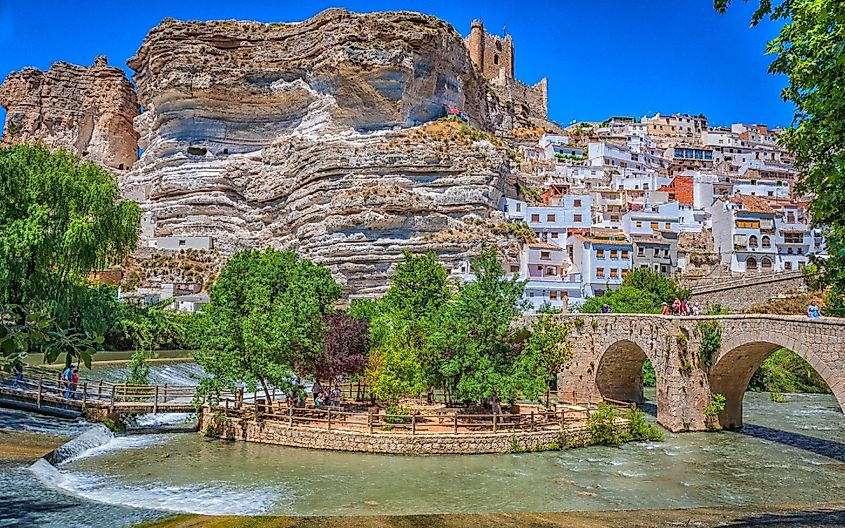
The area holds the same thrall over tourists and residents as it did in times past. There are many opportunities to stay in hostels or cave-converted holiday homes. An uptick in international trade and tourism led to growing interest in areas like the Júcar River. The result is ample opportunity for visitors to see the sights, partake in local fare, and engage in adventure sports along one of Spanish history's most iconic rivers.
An iconic moment in recent years was the 1982 breaking of the Tous Dam. It led to the most significant flood in recorded Spanish history. The water level in the Tous Reservoir rose 3 feet, and the resulting destruction from the dam breaking led to the loss of at least eight lives. The bridge was only in operation for four years before the incident. It didn't stop the construction of other dams, driving the development of new technologies for irrigation, power-sourcing, and other hydroengineering uses.










